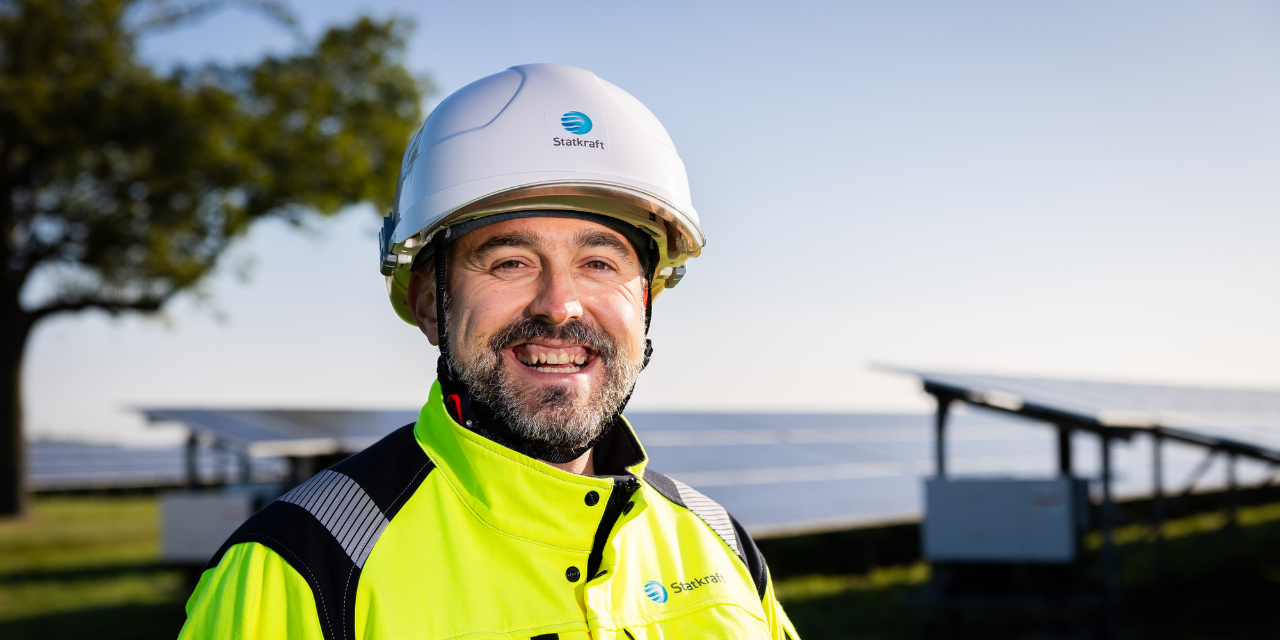
If Statkraft’s Low Emissions Scenario were a puzzle, these are the pieces we need
Reaching a Low Emissions Scenario in which the world manages to slow the rate of global warming (keeping it below the 2°C mark in 2100) requires several forces to align.
Like any good puzzle, this a complex one. To make sense of it, we asked senior analyst, Espen Bakken Waagø-Wiborg, to help us piece it together, analysing all eleven pieces required to achieve a successful green energy transition.
The technology piece
A successful and cost-efficient energy transition requires technological development. Bigger wind turbines, more efficient solar panels, and development of less mature technologies, such as hydrogen-based and CCUS, will lead to falling prices for renewable technologies.
The market piece
When it comes to market dynamics, you need a healthy supply of clean energy solutions, and sufficient demand. This is about making green technology more affordable and available enough to ensure supply and demand are well-balanced in the market.
The policy piece
Some clean energy technologies are still more expensive than their fossil competitors. But if we wait for the market to adjust itself, we’ll be out of time. A policy push that encourages green alternatives is necessary, whether through regulation or other incentives, so that the clean energy choice becomes the cheaper, easier alternative.
The collaboration piece
Climate change is a global problem. Today the transition is lopsided. It’s happening to a greater degree in developed countries, while developing countries lag. Global success requires broad collaboration on policies, regulation, and even financing – and greater access to investment to help all parts of the world progress.
The carbon pricing piece
Carbon markets is an efficient policy tool that puts a price on CO2 emissions. This creates an incentive to cut emissions and internalises the price of emissions into the decision-making of an organisation. Carbon markets don’t prioritise one green technology over the other, but rather prioritise the end goal of lower emissions.
The finance piece
The energy gap persists to this day, and poverty remains pervasive in parts of the world. Investments in clean energy often have high upfront costs, and enhancing low-cost financing is crucial. The energy transition needs to contribute to lift people and communities out of poverty and give them access to clean and affordable energy – thus spurring not only the energy transition, but also sustainable wealth growth where it’s sorely needed.
The supply chain piece
You can have high ambitions for the energy transition, but without the materials to back it up, it will be tough to scale. Today, parts of the renewable energy supply chain are concentrated in few countries. This creates a risk when it comes to the stability and security of supply. Diversification is key.
The public support piece
To facilitate rapid deployment of renewable technologies, public support is needed. There need to be acceptance and support for building onshore wind, for installing heat pump in homes and replacing fossil vehicles with battery electric ones. Eventual resistance needs to be managed and solutions found such that support for the energy transition is upheld.
The “just transition” piece
The energy transition will have ripple effects across economies and households: high upfront costs for green energy solutions, higher carbon prices may hit vulnerable households disproportionately, and many communities remain dependent on fossil industries for employment. The transition can’t come at the expense of vulnerable households. Managing this requires political support to help subsidise, incentivise, and keep people employed as we work towards the low emissions target.
The sustainable piece
The nature crisis, characterised by biodiversity loss and ecosystem degradation, is a key aspect of sustainability in the energy transition. Transitioning to renewable energy sources can mitigate these impacts. However, this transition must be done responsibly to protect local ecosystems and biodiversity. Sustainability in the energy transition involves a holistic approach that includes not just reducing carbon emissions but also conserving biodiversity and maintaining ecosystem health.
The missing piece
The Low Emissions Scenario doesn’t limit global warming to 1.5 °C in accordance with the Paris Agreement. Every CO2 molecule counts, so to achieve this we need to cut emissions faster and we need to go deeper. Mature technologies need to be deployed at a faster rate, non-mature technologies need to be available at scale sooner, and we need to use the energy more efficiently.
Related articles

The most common solar power myths…and why they’re not true
To get to the bottom of the top 3 solar power myths, we enlisted the help of Statkraft’s Solar Engineering Manager Paolo Pizzorni, who after 15 years in renewables (and hundreds of MW of solar power to his name) is more than ready to set the solar record straight.
Meet Paolo here

5 questions for Siri Todnem, hydro project manager at the Nesjø dam in Norway
We chatted to Siri Todnem, project manager for the rehabilitation of one of Norway’s largest dams, to get up close and personal with hydro.
Meet Siri here
